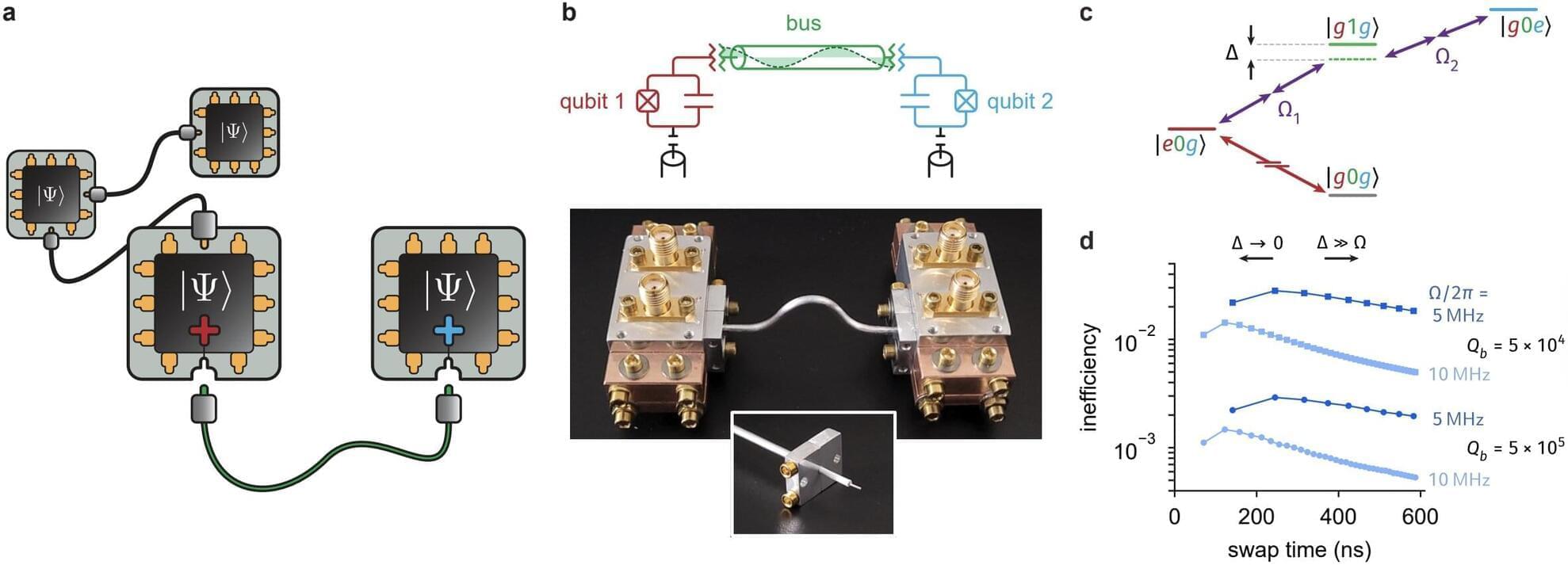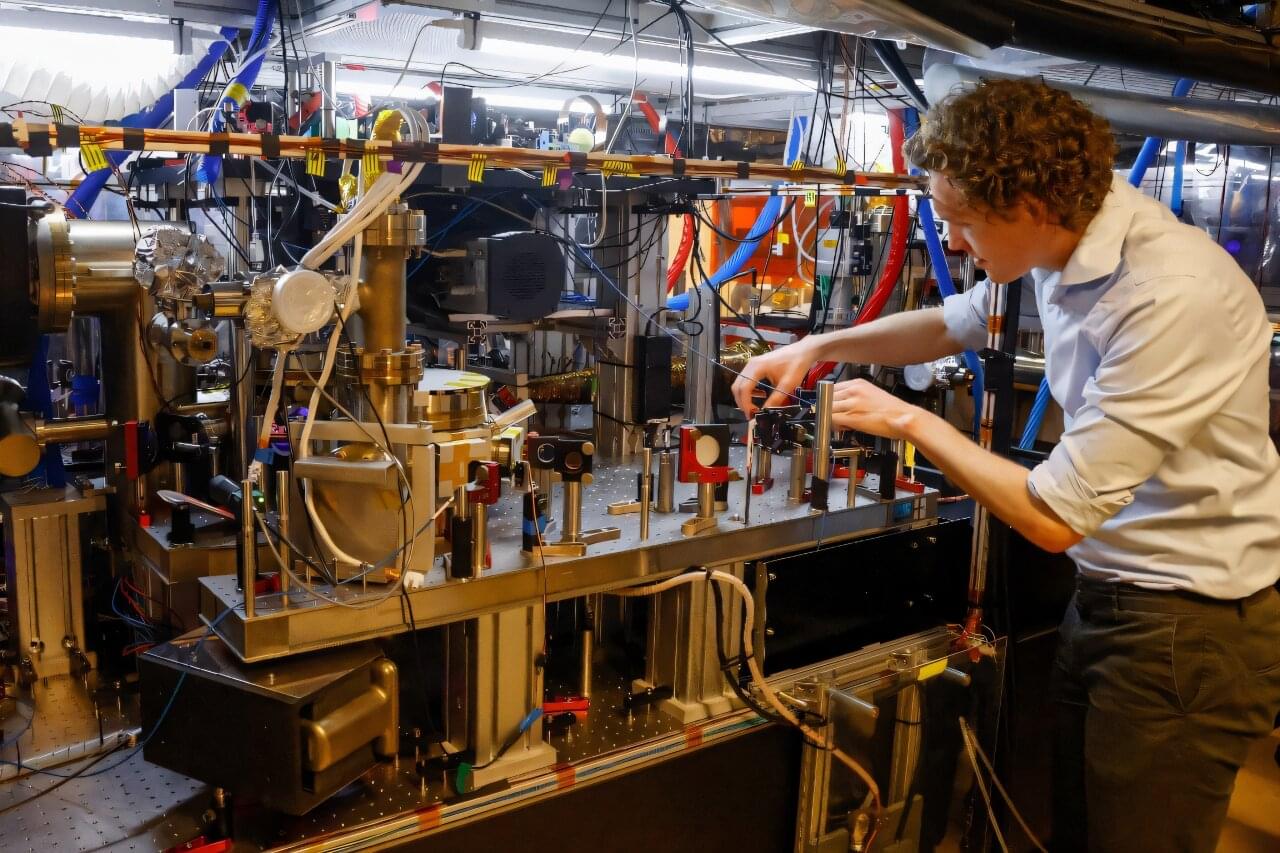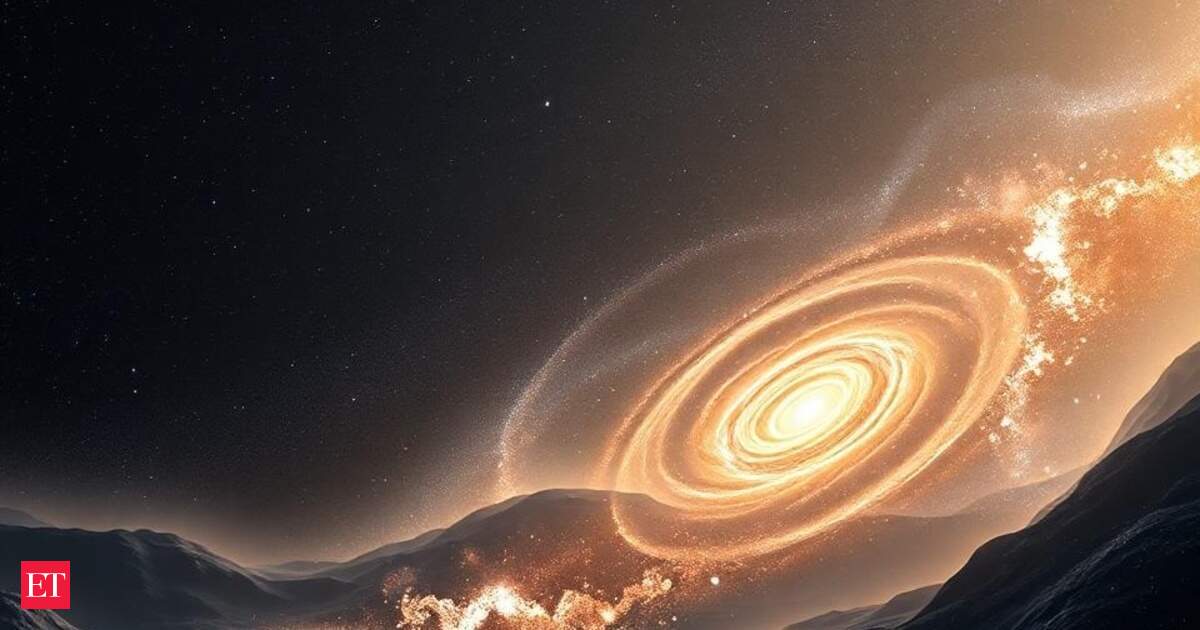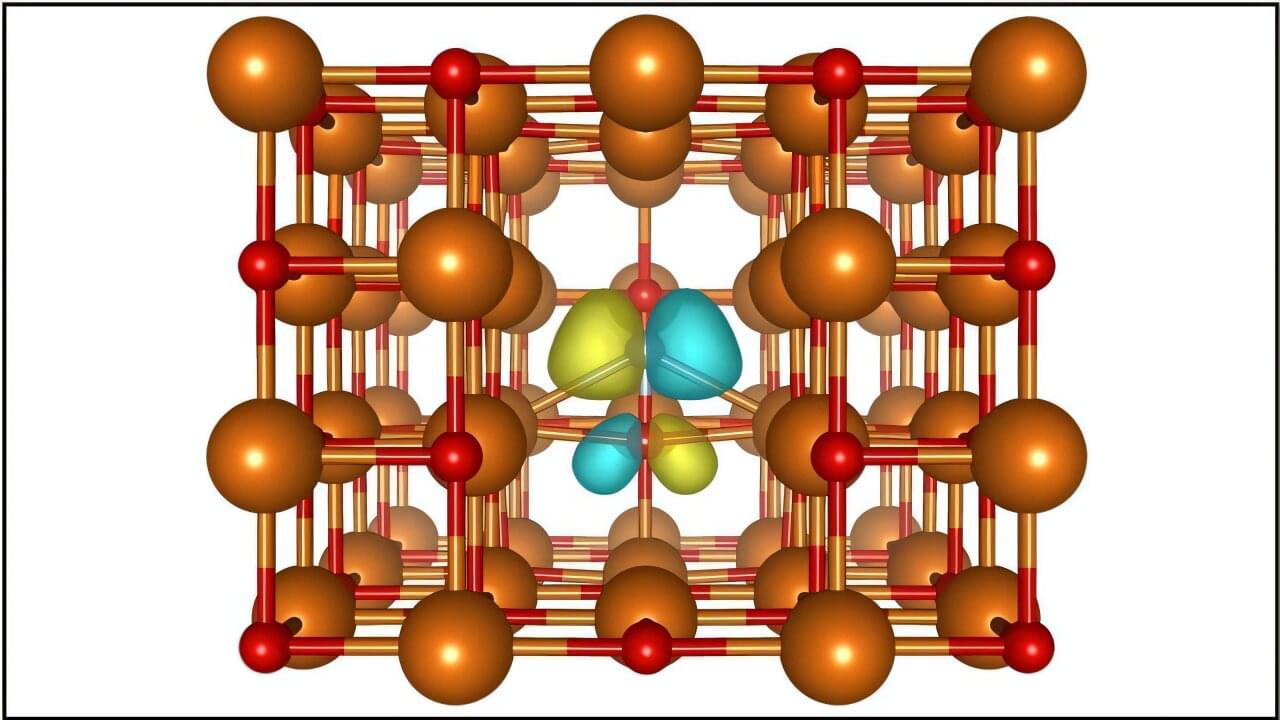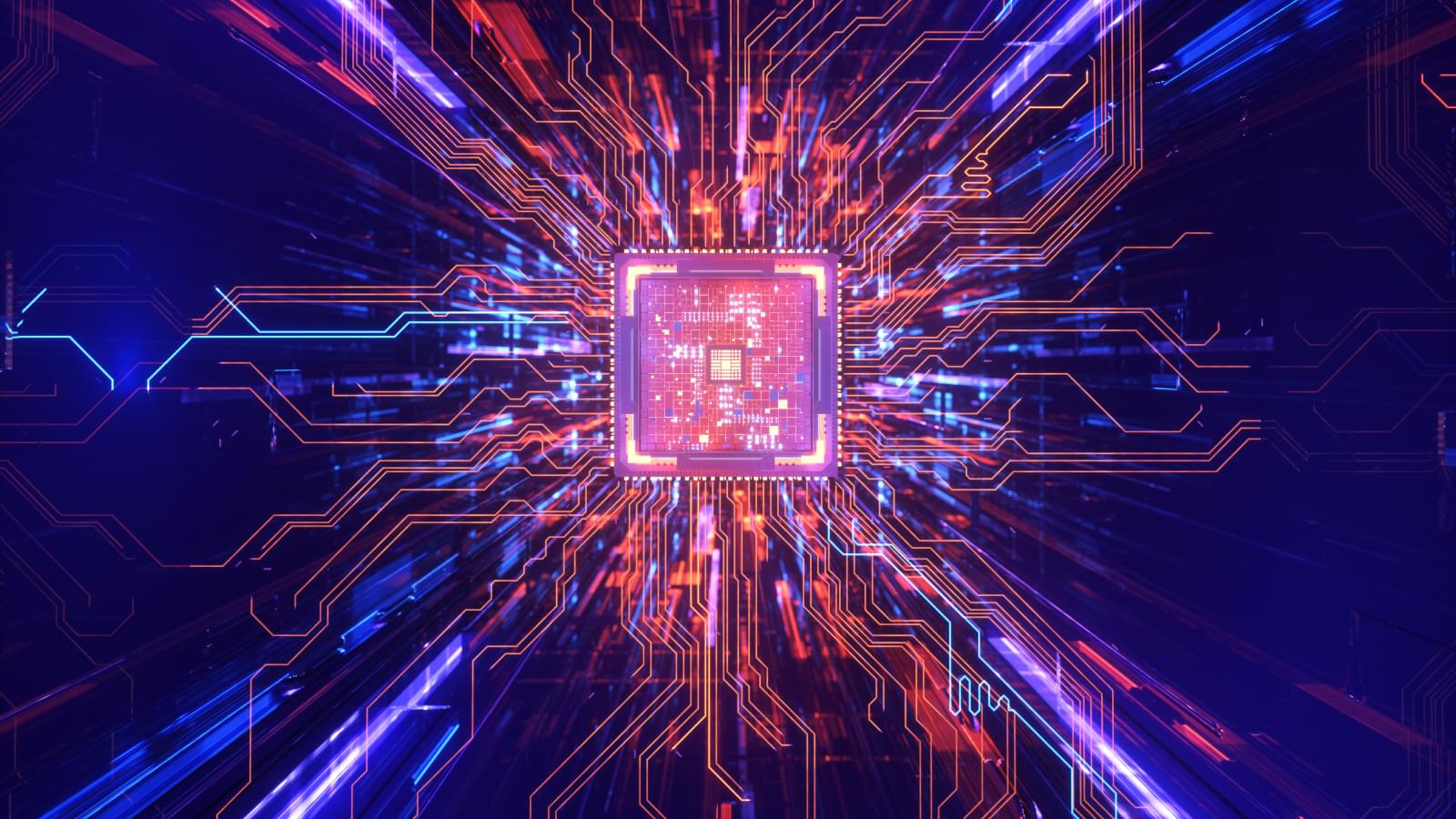Quantum computers, devices that can perform computations relying on the principles of quantum mechanics, are expected to outperform classical computers on some types of optimization and processing tasks. While physicists and engineers have introduced various quantum computing systems over the past decades, reliably scaling these systems so that they can tackle real-world problems while correcting errors arising during computations has so far proved challenging.
Researchers at the University of Illinois at Urbana-Champaign recently introduced a new, modular quantum architecture for scaling superconducting quantum processors in a fault-tolerant, scalable and reconfigurable way. Scaling in a fault-tolerant way is required to maintain the quantum effects and conditions necessary to perform long-term quantum computations.
Their proposed system, outlined in a paper published in Nature Electronics, is comprised of several modules (i.e., superconducting qubit devices) that can operate independently and be connected to others via a low-loss interconnect, forming a larger quantum network.
